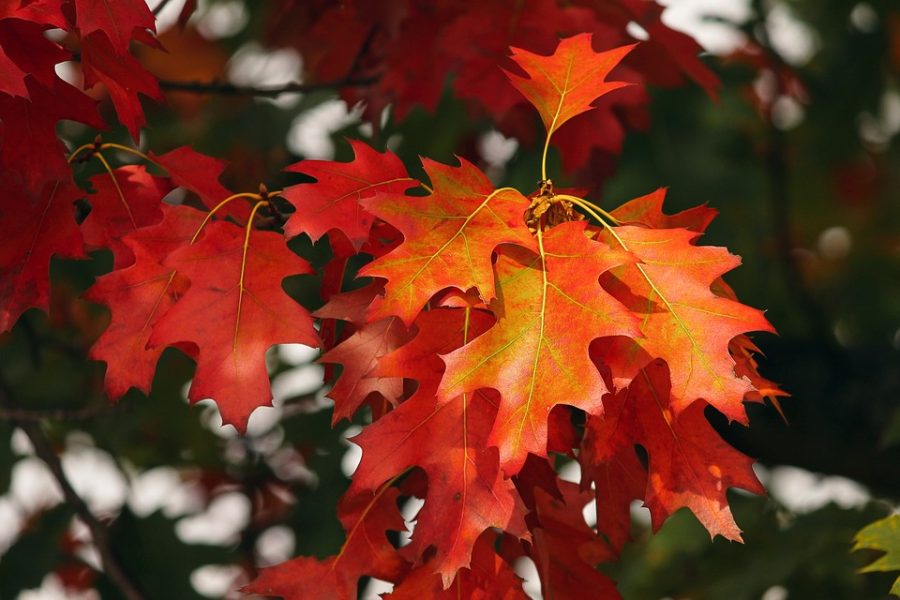Is climate change affecting fall colors?
A season once bursting with warm colors is now muted and dull, leaving fall enthusiasts wondering what happened to their favorite time of year.
November 2, 2021
Most can agree that fall isn’t truly fall without trees colored beautiful shades of orange, red and yellow. But as climate change poses an increasing threat to our planet, it also threatens the colors that create such an enjoyable fall atmosphere.
A study conducted by The Intergovernmental Panel on Climate Change reports that there has been a 1.5° C global warming above pre-industrial levels. Although this may not seem to pose a direct threat to fall colors, even a slight increase in temperature creates more issues than simply hotter weather. The warmer temperatures accompanying climate change have delayed the onset of fall and pushed back the first sightings of fall colors. A peak once seen in the first few days of October is now as late as the last week of the month. But not only is the fall season getting later and later; it is also becoming duller and colorless.
Two main environmental factors that affect fall foliage are day length and temperature. As the days get shorter and temperatures get colder during the fall season, trees naturally lose chlorophyll, the green pigment that allows for photosynthesis and the green color of leaves. Climate change has created a gap between the start of shorter days and the start of cooler temperatures, leaving trees confused and creating disrupted synchrony to the natural process in which leaves change color. In addition to this, extremely hot summers that are the result of climate change accelerate sugar breakdown in our trees, leading to muted colors.
Unfortunately, this disrupted synchrony is not the only climate change related threat to fall foliage. Increased nitrogen, worsening soil quality, invasion of toxic pests, higher precipitation and a longer growing season are all consequences of climate change that can have negative effects on trees.
Although many may find this change to their favorite season drastically alarming, it is important to keep in mind that it is not too late to fight against climate change. If we reduce greenhouse gas emissions, the rise in temperatures would begin to flatten, and there is a chance that the autumn colors we know and love will return to their full glory. Until then, we must take steps to save our planet and try to prevent catastrophic damages beyond just the loss of fall colors. Everyone can take environmentally friendly steps to help slow climate change, such as saving energy, using public transportation, recycling, switching to an electric car, producing less waste, etc. Together, let’s fight to reverse climate change, not just for the sake of saving fall colors, but for the future of our planet.









